THE MONARCH BUTTERFLY
Mariposa, the Spanish word for Butterfly.
Nature's Winged Messengers…
It is often said that 'Butterflies are the heaven-sent kisses of an angel'. It's believed that a butterfly – particularly if it catches your eye by doing something unusual, such as landing on your hand – is a sign that the spirit of your loved one lives on.

THE SPIRIT OF THE MONARCH BUTTERFLY
Each year around El Día de Los Muertos— celebrated November 1st & 2nd traditionally – the sky over the Mexican mountain village of Angangueo becomes a flurry of orange, but it’s no swirl of bright autumn leaves. Visualize instead, millions of Monarch butterflies on the wing, fluttering in an endless stream into a few remote groves of firs in the hills above the town.
The local people have long believed the Monarchs are actually the returning spirits of their deceased relatives, mysteriously arriving at the same time each year, coinciding with The Day of the Dead. Aztec tradition holds that the souls of the departed will return as hummingbirds and butterflies, and the link between myth and the Monarchs’ annual return spans centuries.
During the 4 to 5 months that the butterflies stay in Mexico, the forests become an orange wonderland. Pine, oak, and oyamel trees are completely covered with butterflies that tend to stay very close together. When the temperatures are too cold – especially early in the morning – they sleep in clusters and close their wings, so at first sight they might seem like dry leaves on the trees. When it gets a little bit warmer, they open their colorful wings wide and fly around the forest as their mating ritual, creating a magical scene.
THE MONARCH IS IN TROUBLE. HELP US SAVE OUR DISAPPEARING BUTTERFLIES.

The Monarch butterfly population moves closer to extinction
The number of monarchs has decreased significantly over the last 20 years, and massive efforts to address this problem are currently underway. In December 2020, after an extensive status assessment of the monarch butterfly, it was determined that listing the monarch under the Endangered Species Act is warranted. Given the scope of this challenge, we must all work together to improve, restore and create pollinator habitat. Together we can save the monarch
No matter who you are or where you live, you can get involved today. Start by planting native milkweed and nectar plants that are local to your area. Garden organically to minimize your impacts on pollinators and their food plants.
The monarch’s phenomenal transcontinental migration inspires awe among scientists and citizens alike. Imagine the journey - flying more than 3,000 miles to Mexico, not knowing where you can rest or where you will have your next meal. The sun is your guide on daily flights, traveling about 50 miles each day. You often catch free rides on thermal air currents, sometimes flying a mile high. When rain splashes down, the wind blows strong and your body temperature drops below 86 degrees, you are unable to fly.
Monarchs must time their spring and fall migrations to coincide with optimal habitat conditions, including nectar flowers for butterflies and milkweed for caterpillars. Since milkweed is the only food source for monarch caterpillars, if there’s no milkweed, there are no monarchs - it’s that simple. If nectar sources and milkweed go away, the population declines.
#SAVETHEMONARCHS




